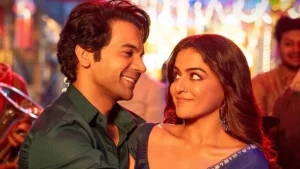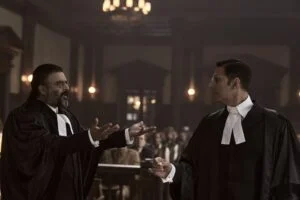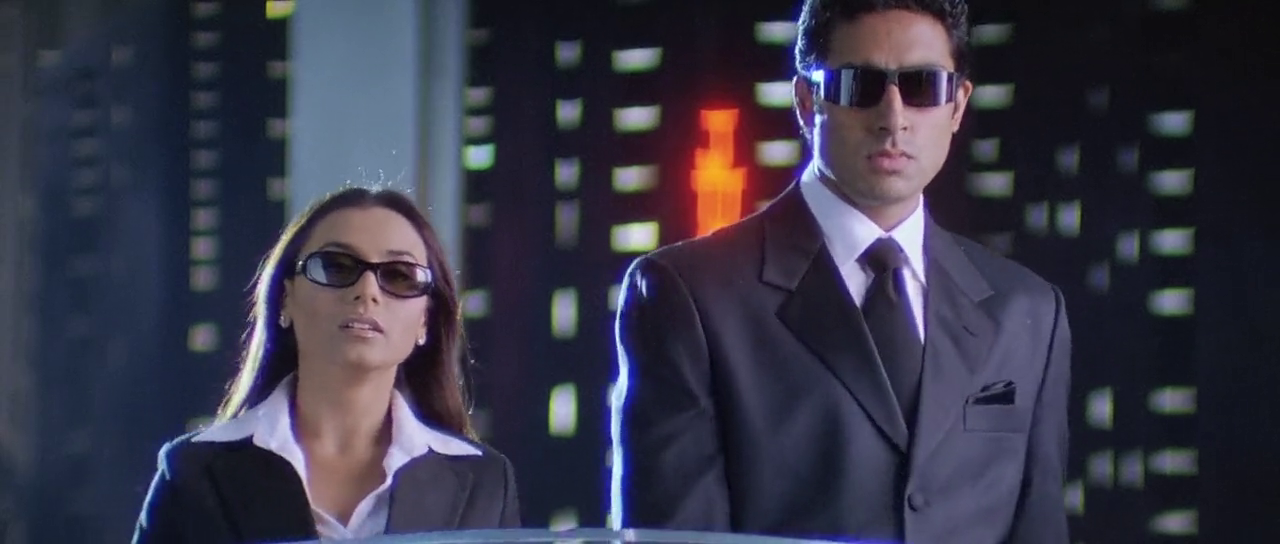
Released in the summer of 2005, it is a mystery how a Hindi film like Shaad Ali Sahgal’s Bunty Aur Babli became a major commercial success. Small-town stories might be the toast of the town today, but the early 2000s were dominated by NRI themes and urban coming-of-age films. Ticket windows were rarely enthusiastic about welcoming two dreamers who would turn into con artists purely for the joy of it. The actors of Bunty Aur Babli, Rani Mukerji and Abhishek Bachchan, themselves were known for noticeably glossy, impeccably styled films – Kabhi Alvida Naa Kehna, Hum Tum, Kuch Naa Kaho, Main Prem Ki Diwani Hoon, and Mujhse Dosti Karoge, to name a few. The few exceptions, however, came from the same or a similar team, such as Saathiya and Yuva. That said, to everyone’s surprise, Shaad Ali’s second film arrived and made a mammoth splash at the box office, taking tinsel town by surprise.
What must have worked in favour of this slick, zealous film written by Jaideep Sahni?
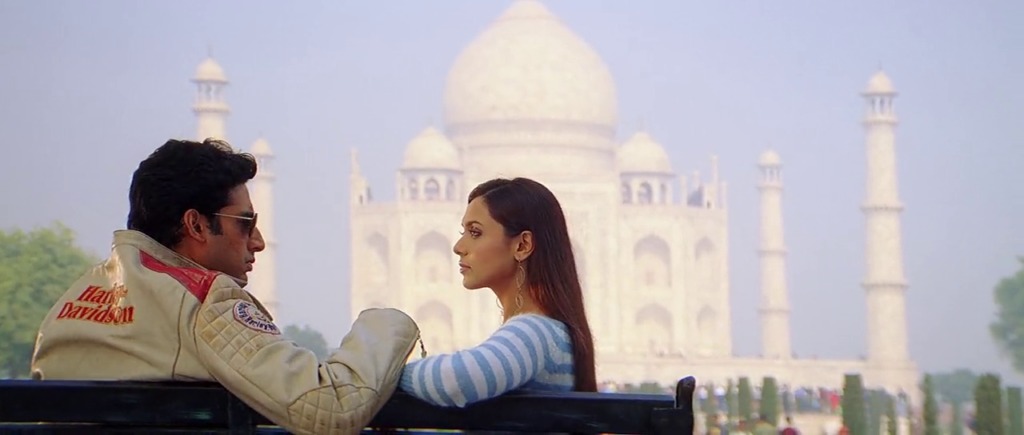
The infectious energy…
For the average filmgoer in the heartlands, still yet to embrace Salman Khan’s tacky potboilers, urban comedies never felt personal. Living the Kal Ho Naa Ho life remained a distant dream. Those films featured protagonists who suffered, but always with designer clothes and flawless makeup. Shaad Ali, however, opens Bunty Aur Babli with an energetic song that captures the monumental dreams of two ambitious small-towners.
Rakesh (Abhishek Bachchan) hails from Fursatganj, a sleepy town in Uttar Pradesh. As the name suggests, the townsfolk seem resigned to their fate, including his father. Rakesh, always carrying a sling bag, perhaps symbolic of the dreams he toils for, sings, “Chhote chhote sheharon se khali bore dopeharon mein, hum toh jhola uthake chalen.” Gulzar deepens this ambition with vivid moon imagery: “Chand se hokar, sadak jaati hai, ussi se aage jaake apna makaan hoga.”
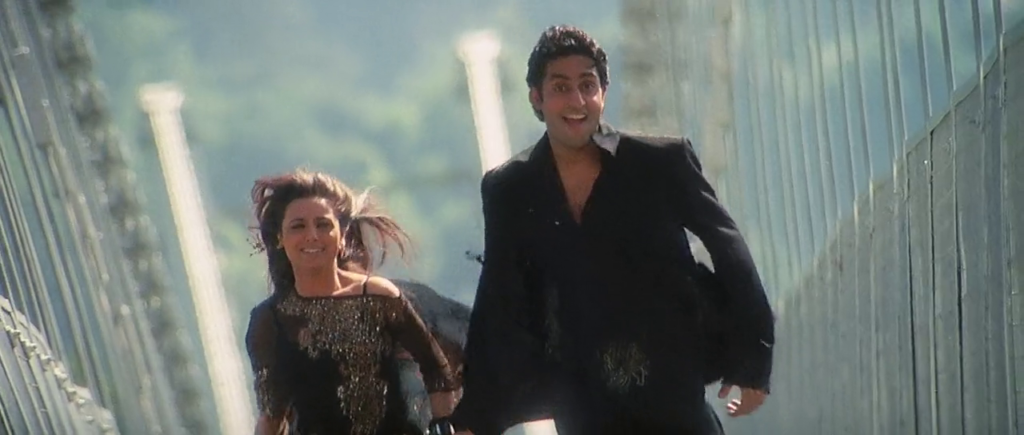
Vimmi, unlike the typical Bollywood heroines of her time, had a room plastered with film poster cut-outs. In her eyes, she was already a notch above every superstar she admired. Becoming Miss India was just one of her many ambitions. Making it big in the film industry was another. In her introductory song, she quips, “Raat bhar taaron mein jeena veena easy nahi…” And rightly so.
It’s alright to harbour big city dreams…
No, Bunty Aur Babli doesn’t urge small-town youth to turn into hoodlums. Instead, it portrays Rakesh and Vimmy as inherently city-ready. They wear every outfit with élan, carry themselves with confidence, and speak with fluid, adaptable accents. Despite a strict upbringing, Vimmy doesn’t hesitate to elope. Rakesh openly mocks his father (Raj Babbar), urging him to reconsider his outdated expectations.
Bold and outspoken, Vimmy and Rakesh were born to command attention. Government jobs and domestic monotony are nowhere on their agenda.
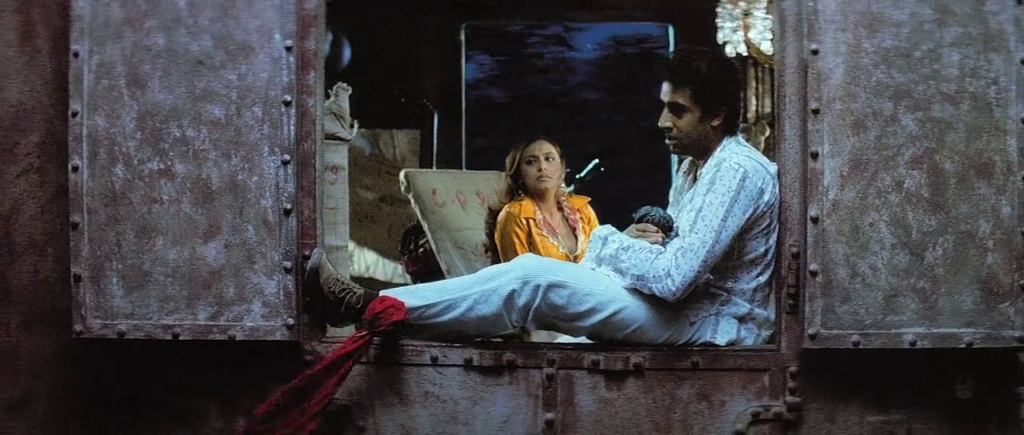
A fiercely feminist plot
It’s easy to see why Bunty Aur Babli stands out as a gloriously feminist film. The woman, Vimmy aka Babli, is an equal partner in crime. She retains every ounce of her femininity while owning half the narrative. She’s no sidekick brought in to sing a few songs while the man pulls off the heists. Babli is often the mastermind.
How many modern films feature a witty, slightly naïve leading lady entrusted with real authority? Babli is independent, audacious, and an absolute firecracker – exactly the kind of woman Hindi cinema needs more of in its leading roles.
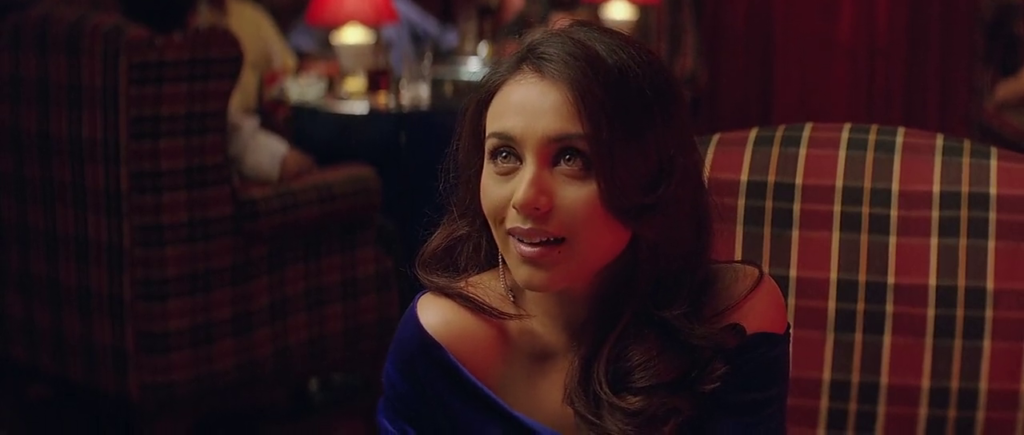
A crackling desi heist flick
The YRF banner made the Dhoom series, led by none other than ‘Bunty’ Abhishek Bachchan himself. Suave and larger-than-life, that franchise is pure adrenaline. Bunty Aur Babli, on the other hand, speaks in earthy tones and about real issues. Rakesh and Vimmy switch into their Bunty-Babli personas only when needed, sometimes just to call home and cry. They feel as real and relatable as the audience watching them. While keeping the fun quotient high, writer Jaideep Sahni blends in generous amounts of Bollywood spice, making sure the film’s structure remains engaging.
Adding to its rooted appeal, Bunty Aur Babli serves as an unassuming ode to the Indian Railways, with much of the story unfolding in trains and at stations. This familiarity, combined with the duo’s evolution into expert con artists, makes Shaad Ali’s film grounded. The tacky VFX and grainy textures in some sequences are easy to overlook when the storytelling holds strong.
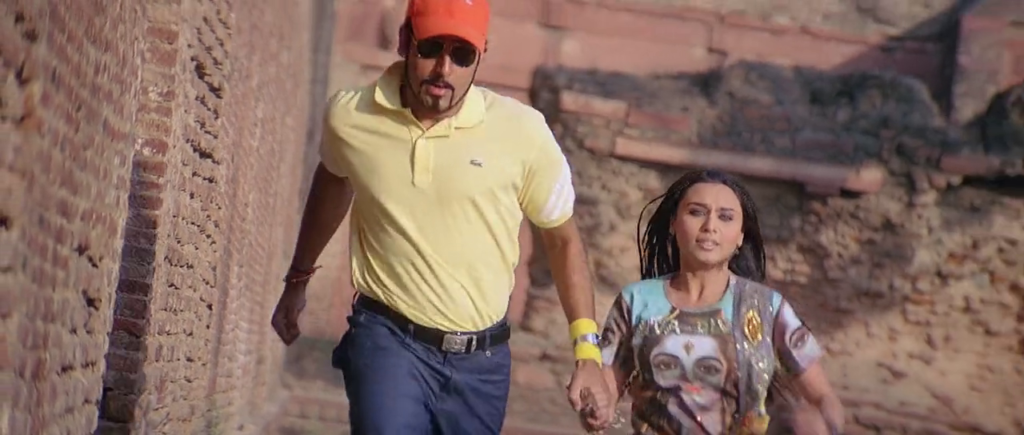
Some original, well-planted humour
Bunty Aur Babli leans on comedy as one of its key strengths, yet writer Jaideep Sahni never resorts to forced detours to signal it. The humour begins with Vimmy’s wide-eyed innocence and gradually shifts to the duo’s wildly entertaining escapades. It may not always be laugh-out-loud funny, but a consistent layer of wit keeps the film from turning into an Indian take on Bonnie and Clyde.
Some of the funniest moments come when Vimmy turns on her seductive charm, first with a scheming investor (Sanjay Mishra), and later with a flirty shop owner (Ranjeet). The dialogues, often laced with playful double entendres, are delivered with flair and land perfectly every time, especially on repeat viewings.
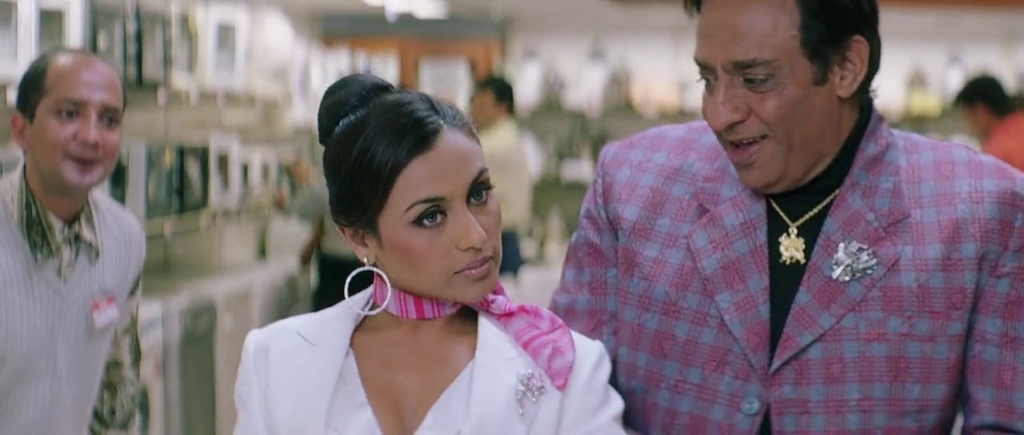
The classic cat-and-mouse chases
Amitabh Bachchan has the rare ability to sleepwalk through a cop’s role and still command the screen. In Bunty Aur Babli, he is a far cry from Zanjeer’s iconic Inspector Vijay. ACP Dashrath Singh belongs firmly to the over-the-top zone. His introductory scene, where he sets a currency note ablaze, blends Bachchan’s effortless star power with Singh’s desi-cool persona. Dressed in leather jackets, denim, and a red scarf, this cop matches Bunty and Babli in style and swagger.
The cat-and-mouse chase peaks in a chance encounter that delivers the explosive item number Kajra Re, featuring Aishwarya Rai. As for the con artists, they make sure to leave the kitschiest signature after every heist — twin hearts and an arrow, both styled with the letter B. Beat that!
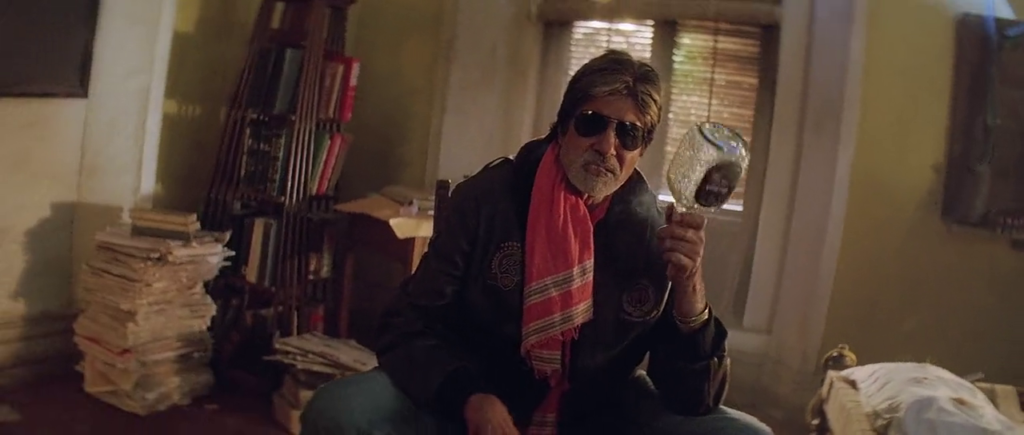
The iconic musical numbers
It wouldn’t be wrong to call Bunty Aur Babli one of Shankar-Ehsaan-Loy’s career-best works. While Kajra Re is iconic for its sauciness, Chup Chup Ke strikes a perfect balance of romance and sensuality. The title track perfectly complements the protagonists’ escapades, and Nach Baliye is an electrifying dance number. Yet, the standout song remains Dhadak Dhadak, showcasing Gulzar’s lyrical brilliance at its finest.
Equally noteworthy is the choreography by Vaibhavi Merchant, Bosco-Caesar, and Shiamak Davar, each bringing a distinct progression to the dance sequences. If Dhadak Dhadak encapsulates the characters and their desires, Kajra Re and Nach Baliye serve as masterclasses in picturizing elaborate dance numbers. Beyond the choreography, the camera work intimately embraces the actors – every frame, expertly edited by Ritesh Soni, is meticulously crafted. The use of tracking shots, zooms, and long takes by cinematographer Abhik Mukhopadhyay enhances the musical sequences, making them visually compelling and memorable.
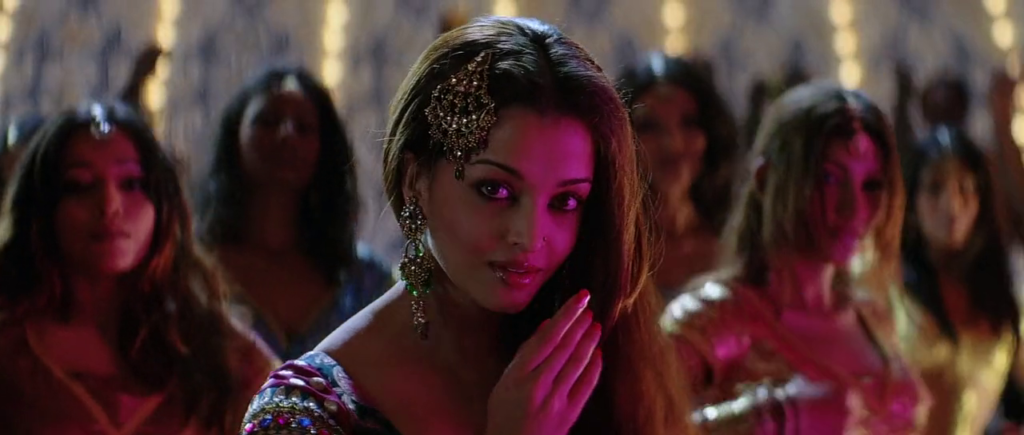
For hitting capitalists in their spines
Can we call Bunty and Babli messiahs of the poor? Perhaps not entirely. Yet, we inevitably view them through a Robin Hood lens. Much of the film’s humor is amplified by their loyal allies, who go to great lengths to support their schemes. Recall the protest outside the minister’s residence, with placards reading, “Mera gaon, mera desh mahaan kab hoga?”, “Aapko kya maloom?”, and “Mummyji papaji, helloji.”
Their usual targets are wealthy hoteliers, shopkeepers, and tourists, while Bunty often shows kindness to his associates, who, in return, steadfastly protect his secrets. There’s also a brief but telling moment when Bunty and Babli leave bundles of cash with a poor, elderly couple who offer them shelter.
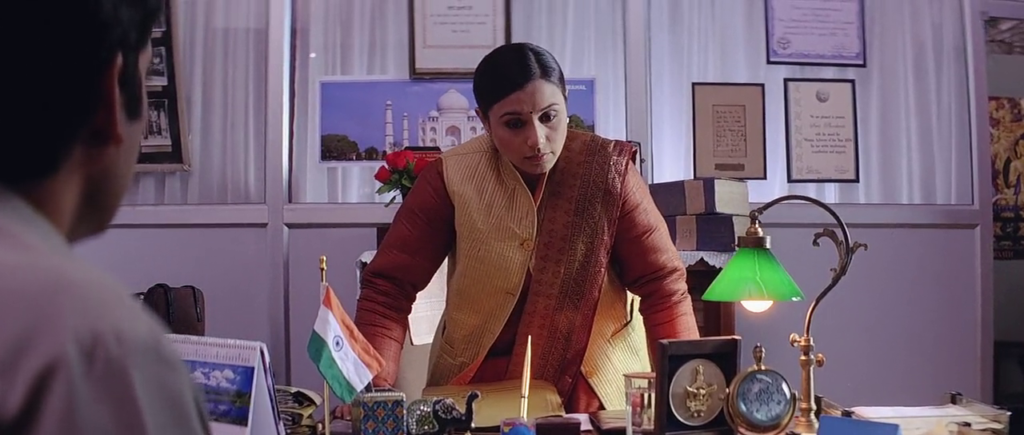
Making Indian chic the ‘in’ thing
One of the trendiest Indian films of the 2000s, Bunty Aur Babli, epitomizes affordable chic. Rani Mukerji shines as Babli, dazzling in vibrant kurtis paired with jholas. Alongside Abhishek Bachchan, her frequent transformations into a variety of avatars give the film ample scope to explore its sartorial flair. The costume department, led by Aki Narula, deserves credit for a job well done.
And Aishwarya Rai’s (now Bachchan) purple and pink lehenga? It has garnered its dedicated fan base, hasn’t it?

A dash of electric screen chemistry
Some screen couples simply spark electricity whenever they appear together. Abhishek Bachchan and Rani Mukerji belong to that rare league. While we saw their volatile best in Yuva, Bunty Aur Babli gave them the chance to unleash boundless fun.
The contrast, however, wasn’t in Shaad Ali’s film but a year later in Karan Johar’s Kabhi Alvida Naa Kehna. Portraying a couple struggling to keep their marriage afloat, the film left us wondering, “How could Bunty and Babli ever be unhappy with each other?”
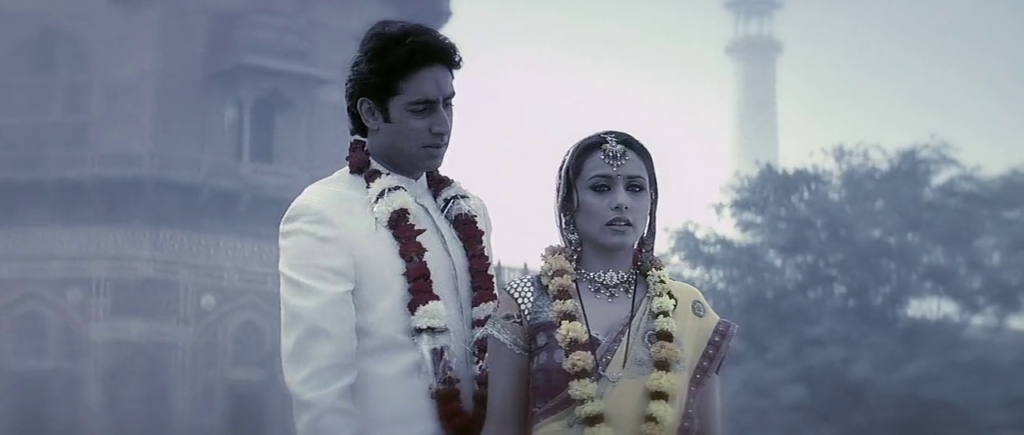
In 2021, the producers released an uninspiring sequel called Bunty Aur Babli 2, which introduced Saif Ali Khan as the new Bunty. Neither the leading man nor the humor and intent worked. If nothing else, the makers should consider exploring a web series with the original cast (Bachchan and Mukerji), director (Ali), and writer (Sahni). Over to you, Aditya Chopra.
Bunty Aur Babli is now streaming on Amazon Prime Video.
